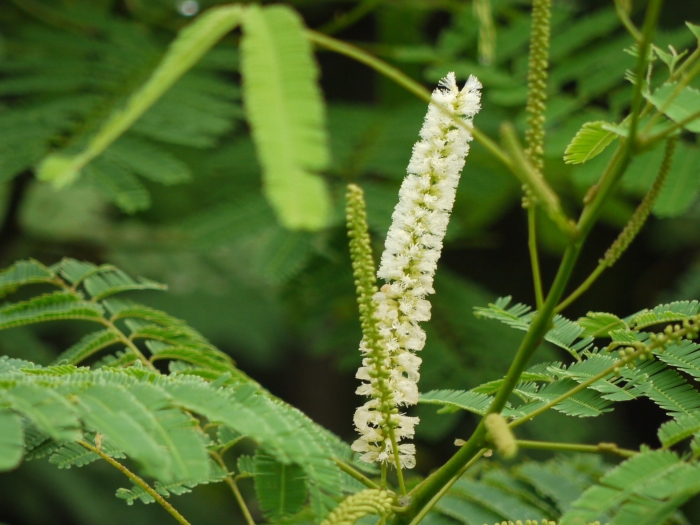Black Cutch
(Senegalia catechu)
Black Cutch (Senegalia catechu)
/
/

© Dinesh Valke
CC BY-SA 4.0
Image By:
© Dinesh Valke
Recorded By:
Copyright:
CC BY-SA 4.0
Copyright Notice:
Photo by: © Dinesh Valke | License Type: CC BY-SA 4.0 | License URL: http://creativecommons.org/licenses/by-sa/4.0/ | Uploader: dineshvalke | Publisher: iNaturalist |

























Estimated Native Range
Summary
Senegalia catechu, commonly known as Black Cutch, is a thorny deciduous tree that belongs to the legume family, Fabaceae. It is native to dry forest regions and scrub areas in South Asia and Southeast Asia, including India, Myanmar, Thailand, and China. Black Cutch typically grows up to 50 feet (15 meters) in height and has a spreading canopy that provides shade. The tree is characterized by its dark brown to black heartwood, which is harvested for its tannin-rich extract used in traditional medicine, dyeing, and leather tanning. The bark is gray and rough, often with longitudinal fissures.
The flowers of Senegalia catechu are pale yellow and occur in dense, spike-like inflorescences, providing nectar for bees and contributing to the ecosystem as a source of food for various insects. The tree’s seeds are encased in flat, elongated pods and are known to be rich in protein. In cultivation, Black Cutch is valued for its hardiness and adaptability to poor soils, making it suitable for reforestation projects and as a shade tree in rural landscapes. It requires full sun and can tolerate drought once established, but it thrives best in well-drained soils. While not commonly used in ornamental horticulture, it has potential for use in xeriscaping due to its drought tolerance. Gardeners should be aware that the thorns can pose a hazard, and the tree can be susceptible to pests such as the catechu borer.CC BY-SA 4.0
The flowers of Senegalia catechu are pale yellow and occur in dense, spike-like inflorescences, providing nectar for bees and contributing to the ecosystem as a source of food for various insects. The tree’s seeds are encased in flat, elongated pods and are known to be rich in protein. In cultivation, Black Cutch is valued for its hardiness and adaptability to poor soils, making it suitable for reforestation projects and as a shade tree in rural landscapes. It requires full sun and can tolerate drought once established, but it thrives best in well-drained soils. While not commonly used in ornamental horticulture, it has potential for use in xeriscaping due to its drought tolerance. Gardeners should be aware that the thorns can pose a hazard, and the tree can be susceptible to pests such as the catechu borer.CC BY-SA 4.0
Plant Description
- Plant Type: Tree
- Height: 15-50 feet
- Width: 20-30 feet
- Growth Rate: Moderate
- Flower Color: White
- Flowering Season: Summer
- Leaf Retention: Deciduous
Growth Requirements
- Sun: Full Sun
- Water: Low
- Drainage: Medium, Fast
Common Uses
Drought Tolerant, Erosion Control
Natural Habitat
Native to dry forest regions and scrub areas in South Asia and Southeast Asia
Other Names
Common Names: Catechu, Cutch Tree, Black Cutch, Er Cha, Khair, Khairtree
Scientific Names: , Senegalia catechu, Acacia catechu, Acacia catechu f. catechu, Acacia catechu f. catechuoides, Acacia catechu f. catechuoides, Acacia catechu subsp. catechu, Acacia catechu var. catechu, Acacia catechu var. catechuoides, Acacia catechu var. genuina
GBIF Accepted Name: